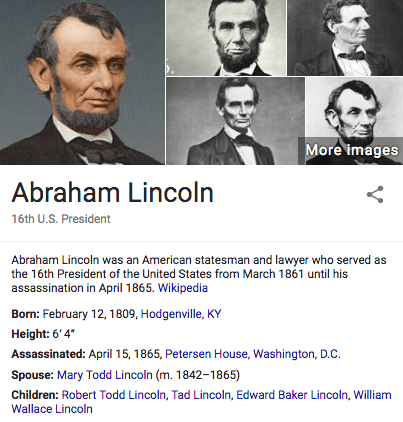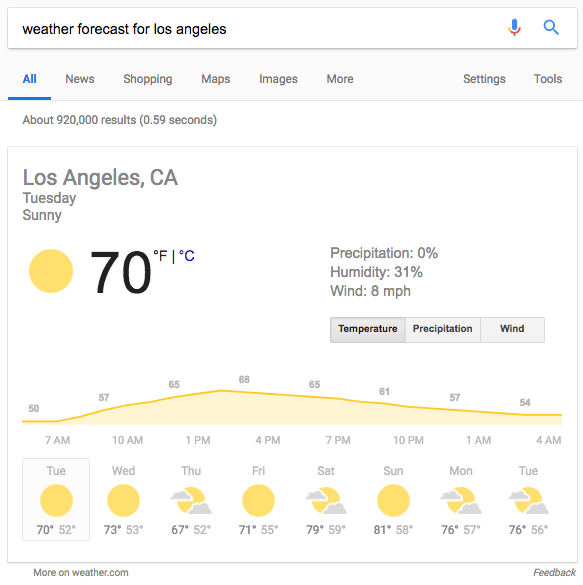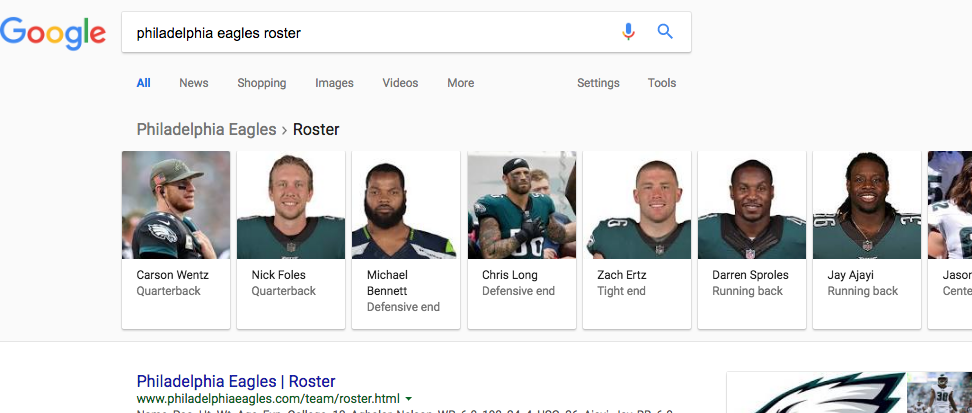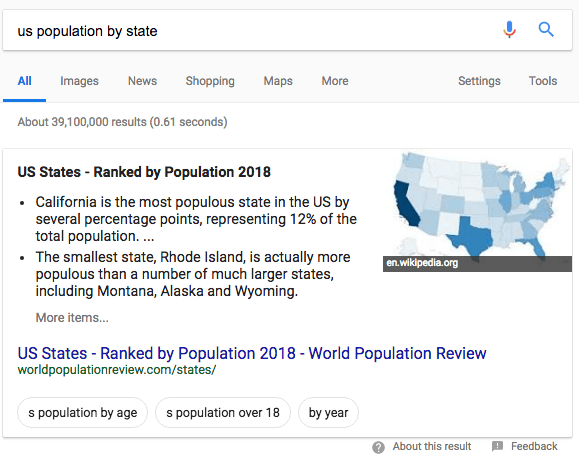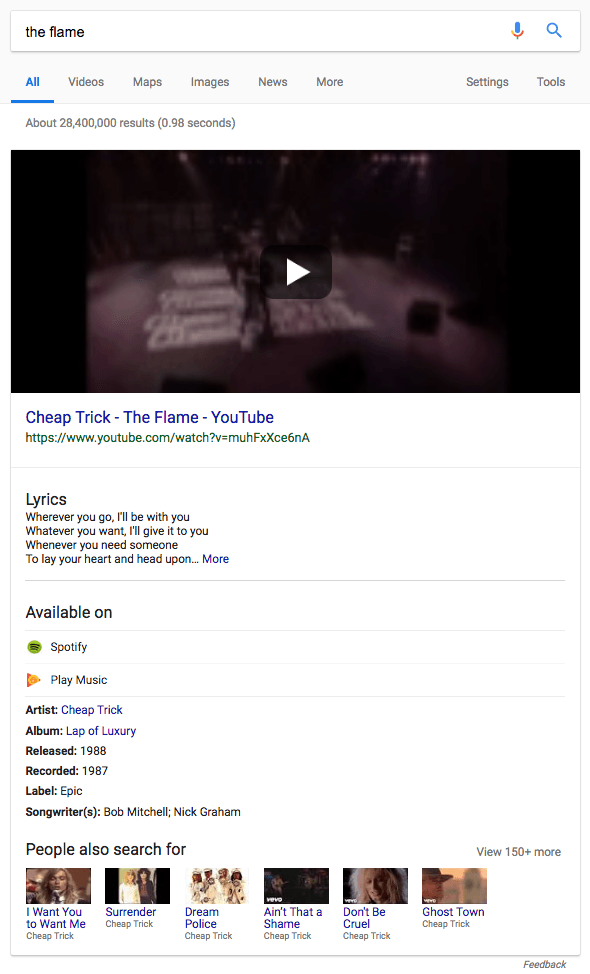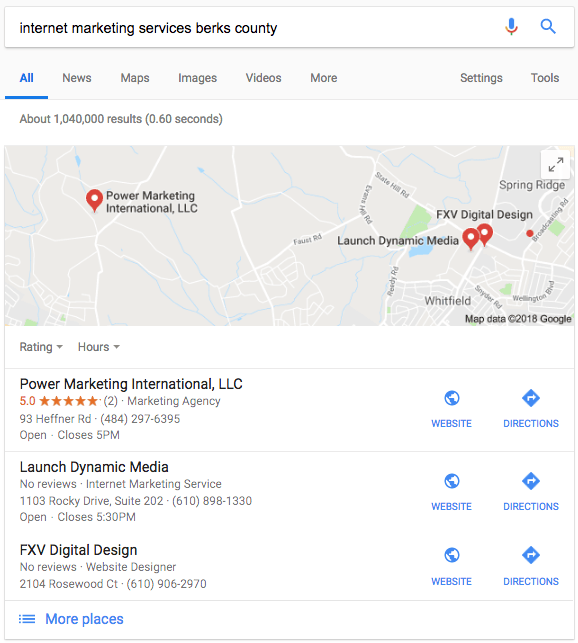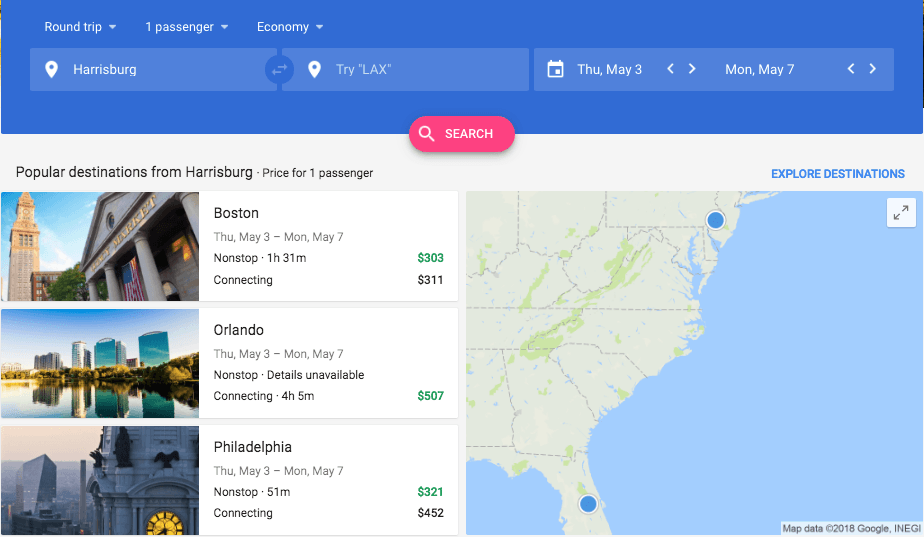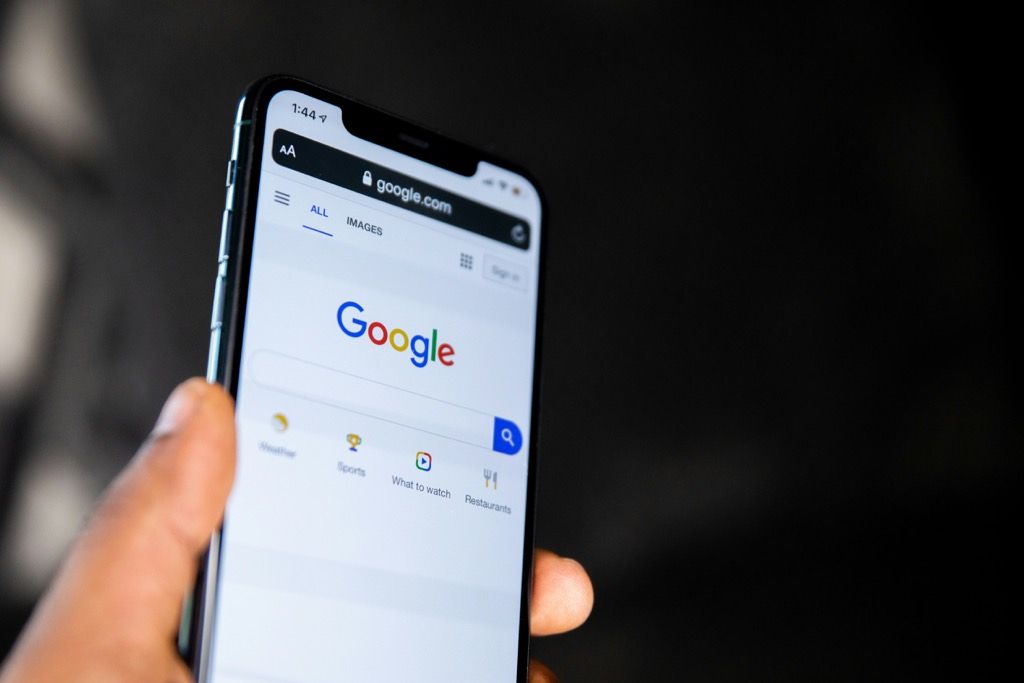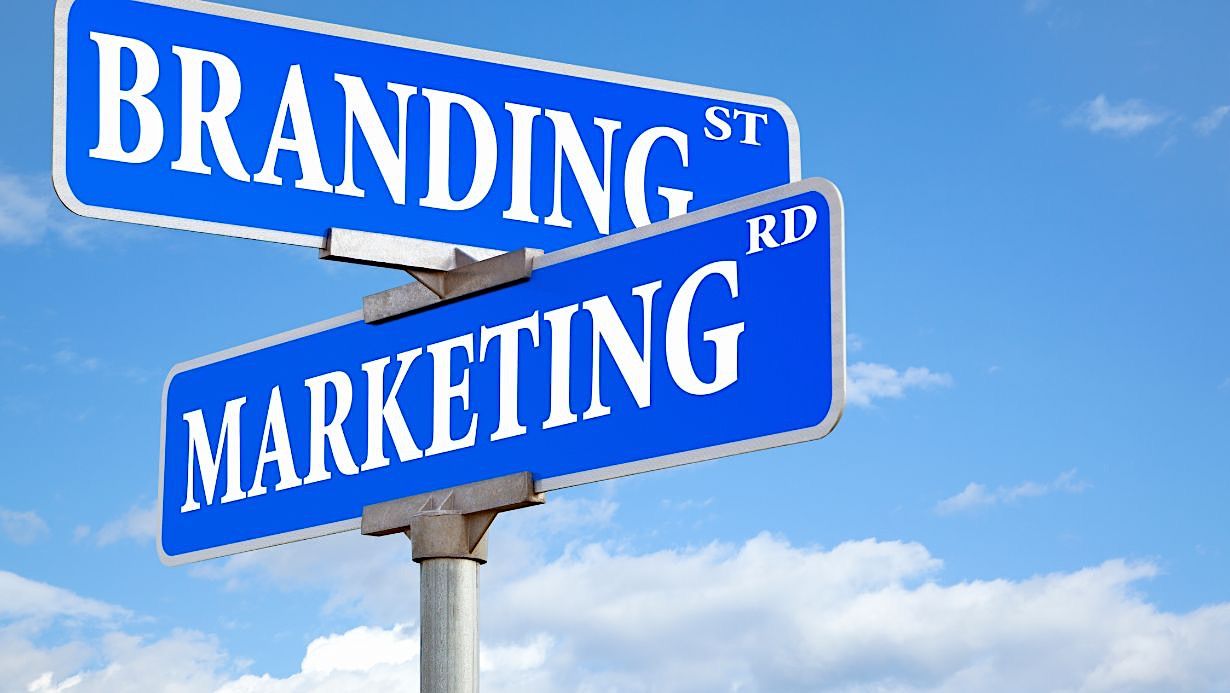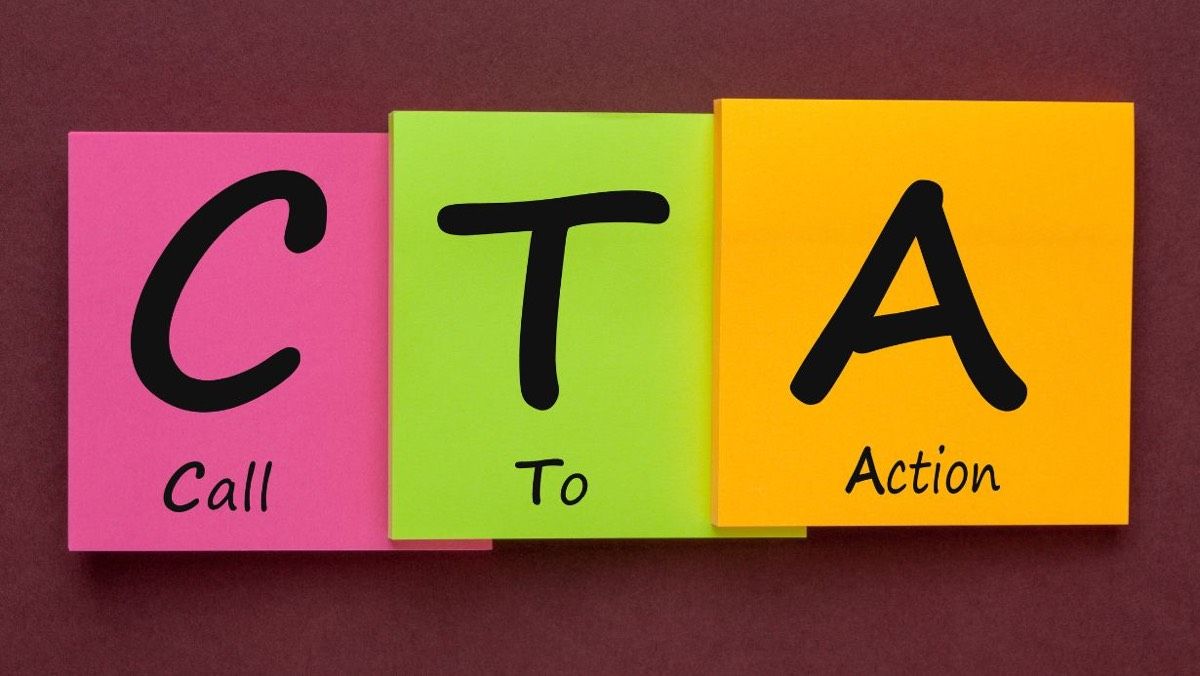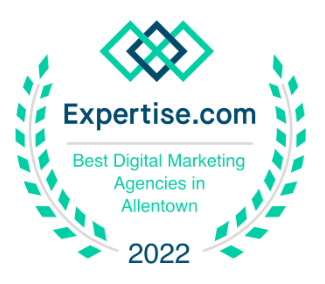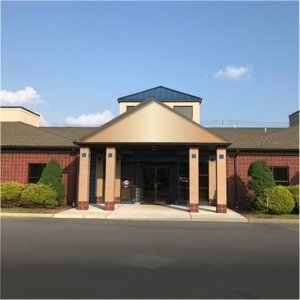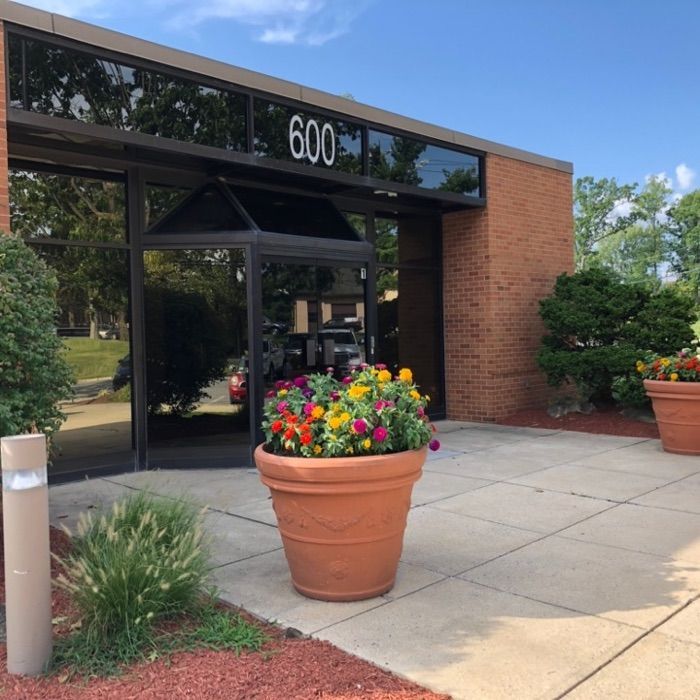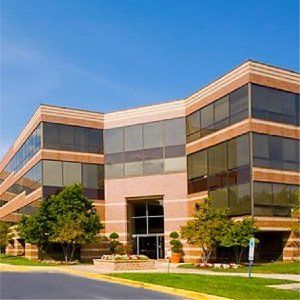7 Google Features Impacting Your SEO
If you’re looking for information about the latest blockbuster movie or how to replace a faucet, where is the first place you search? Online, of course! And when you jump on your computer or mobile device to search for the information you’re looking for, you’re using a search engine.
A Search Engine Powerhouse
The most popular search engine – by far – is Google. According to netmarketshare, 74.52% of searches are powered by Google. That share of searches goes up to 93% on mobile/tablet searches. This is even more significant when you consider that Bing is the second most frequently used search engine at only 7.98% of searches. Other search engines include Yahoo, AOL, Baidu, WolframAlpha, and DuckDuckGo, and we’re betting you haven’t even heard of some of them.
The point is that Google is the powerhouse of search engines and when marketers are strategizing about how to get eyes on their websites, they’re focused on how to rank well with Google either through search engine optimization (SEO) or through search engine advertising and marketing (SEM).
Google’s Search Strategy
Google is continually evolving to try to provide the most local and relevant search results. If you were to look at a screenshot of a search results page from Google just a few years ago, it would look significantly different from what you see today.
3 Core Values, Plus Google’s Knowledge Graph
According to Google, its search methodology is guided by three core values:
·Focus on the user
·Maximize access to information
·Empower website owners
For many years, if you provided relevant information, Google would send traffic to your website – part of its “empower website owners” value. While Google may have changed how your content is ranked, it’s generally followed that rule. That is until about six years ago when it launched “the Knowledge Graph.”
With the Knowledge Graph, Google began providing what is known as in-search experiences . This means that more and more often when someone searches for information on Google, they get content that is generated by Google rather than individual websites , and in some cases that can have a huge impact on SEO!
Here are 7 In-Search Google Experiences Affecting Your Company’s Search Results
Google Knowledge Graph & Knowledge Card
Google’s first large-scale attempt to provide Google-generated content in search results was the Knowledge Graph, which was launched in May 2012. The Knowledge Graph allows searchers to access rich information and answers without ever going to an external site. The Knowledge Graph has links to other websites, but in a format that is easily overlooked. But there are multiple links back to Google resources that are much more prominent and eye-catching.
Related to the Knowledge Graph is the Knowledge Card (Aka Answer Boxes). Pose your search as a question, and there’s a good chance you’ll see a Knowledge Card. For many, this will be the end of their search. Their query is answered right there on Google, and there’s no need to search any further.
In 2015, Google collaborated with medical professionals and launched its Medical Knowledge Panels - fully customized content experiences that provide searchers with information without ever leaving Google.
Live Results
If you ask Google about the weather, sports, or the stock market, there’s a good chance you’ll see a Live Result. These provide self-contained information experiences that are created by Google with private data partnerships. Over the years, these Live Results have expanded and become richer in content and include more links to Google search results.
Carousels
Carousels are one of Google’s experiments with horizontal result formats. These Carousels cover a variety of topics. If you were to type in the search “Philadelphia Eagles roster,” you might see a Carousel that has a row of horizontal boxes with a picture of each player and a link to a new search result of that player in a Knowledge Panel. Hmmmm…. Wouldn’t you think this search should lead you to a website like ESPN.com?
And Carousels don’t just cover informational topics; it also applies to commercial searches like laptops and appliances. And sometimes links within those Carousels lead to something that looks like a Knowledge Panel that may be “sponsored,” which means that Google is driving searchers directly into a paid/advertising channel.
Featured Snippets for Q & A
Google also began extracting answers from various websites and creating “Featured Snippets,” a hybrid that includes both an in-search experience and a link to a website. The searcher gets the answer to their question while still on Google. They may stop there, or they may click on the link to an external website for more information.
Answers on Google Assistant and Google Home come from Featured Snippets and, currently, they do include an attribution to the website the answer came from, but it’s interesting to note that you can’t link back to the source in a voice search.
Another type of result you may see when asking a question is called “Related Questions” (Aka People Also Ask). These partially machine-generated questions lead to something that looks similar to a Featured Snippet and includes links to outside sources. Click on one of the questions, and you’re taken to another answer, another link to a new Google search, and two new questions. These new questions are based on your interactions. If you keep clicking, you’ll continue to get new questions.
Videos & Movies
Another hybrid is the Featured Video Result, which is a type of Featured Snippet. It includes both a Knowledge Panel that links back to Google results and what appears to be an organic link; however, most of the videos seem to come from YouTube, which Google bought in November 2006.
Search for a movie, and you may see a Live Results and Knowledge Panel that includes all kinds of information including show times and links to other relevant information such as cast members. All of this information generated by Google is rich and self-contained. Think about how that affects websites like IMDB.
Local Results (this one is really important!)
There was a time when if you searched for a local business, such as “Philadelphia movie theaters,” you were given links that sent you right to each of the movie theater’s websites. Now, you’re sent to the local three pack on Google Maps. On mobile devices, you can click to call that business or get directions (on Google Maps of course) to that business.
With some industries, such as restaurants and hotels, you can filter your results by rating, price, or other parameters and never leave Google Maps. And Google now offers paid advertising within these local packs that send you to a Google local panel rather than the business’s website.
Google has also launched specialized ads that local service providers can pay for, and rather than leading back to the provider’s website, the ads lead to an entirely customized Google sub-site or a “portal” that allow you to view the provider and determine if they can help you. If not, you can see other relevant providers.
Custom Portals
These portals take you entirely out of the search result and allow you to continue your experience within the Google-owned content. These local service ads are now available for more than thirty cities in the U.S.
Another example of a customized portal that takes you out of the search results and into a complete Google experience is the travel guides that Google launched in 2016. In 2017, Google launched a 3-pack of job listings that lead you to a Google jobs portal where you can refine your search, view other job listings, set up alerts, etc. without ever visiting a website. There’s now even a Google Flights portal that allows you to find a wealth of information within Google and never return to your original search.
Contact Us to Achieve Better Search Results
The bottom line is that Google will continue to drive more searches away from websites and toward new searches, in-search experiences, and other Google-owned properties. Like all technology, it will continue to evolve, and if you want your website to be seen, you need to change with it. For valuable information on search engine optimization, including a free immediate SEO checkup, click here to visit our SEO page .
If you want to improve your Google ranking, give us a call at 484-297-6395 or contact us online.
This is a condensed version of the post entitled “ Google's Walled Garden: Are We Being Pushed Out of Our Own Digital Backyards?”


